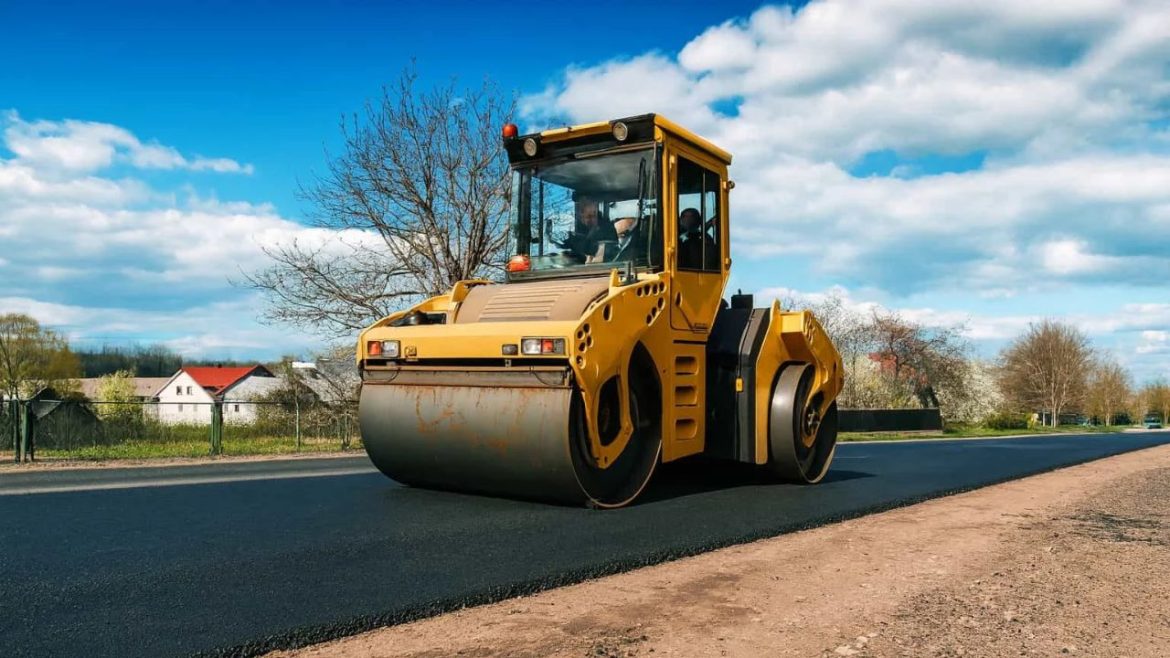The choice of a road roller is a very important process in any construction project of any sort, since it determines the quality and longevity of the end product, which is the surface. Regardless of whether the project is compacting soil, asphalt or other building materials, the efficiency of the selected machine will decide how the work will run smooth. In assessing a road roller for sale, the buyer will need to look into the performance, specification of the machine and applicability to the job requirement. Road rollers come in various forms, each with the objective of attaining an accurate amount of compaction and providing long-term stability of the road, pavement and foundation. In the contemporary world, there has been a great improvement in road rollers because technology has been incorporated in the provision of road rollers and designs designed with various ergonomics to enhance performance and reduce the labor fatigability of the operator. When compaction accuracy and uniformity are important to the project, the appropriate roller type should be dependent on cost efficiency and quality investment.
Road Roller Types and Uses
Road rollers are of several types, and each type is designed to perform a specific compaction operation. These are mainly single drum rollers, double drum rollers and pneumatic tire rollers. Single drum rollers can be used in heavy compaction work, especially in soil base preparation and in the opening of big empty spaces. On the other hand, there are the double drum rollers that are used in compacting the asphalt to enhance a smoother finish on the paved areas. Pneumatic rollers have rubber tires that provide a more consistent surface and more flexibility, and evenly applied pressure. What is right will depend on the material being compacted and the site conditions. An example could be the construction crews operating at highways or parking lots, where the accuracy of a double drum roller is essential, or the massive land-preparation projects, where single drum units are commonly used to ensure the maximum compaction depth.
Testing Machine Specification
It is important to learn about the basic specifications of a road roller before investing in it. Drum width, operation weight, frequency of vibration and centrifugal force are important factors that determine the effectiveness of the roller. The heavier rollers have more compaction power, but might not fit delicate or small spaces. Moreover, the latest rollers are sometimes fitted with sophisticated hydraulic controls and computerized controls. These enable operators to determine the degree of compaction with accuracy and hence provide a uniform outcome throughout the construction site. The long-term value of the equipment also depends on fuel efficiency, ease of maintenance and the availability of spare parts.
Fitting the Roller to Project Requirements
Each construction project is a unique one and requires a specialized approach. An example is that when working on granular soil or loose material, one will need rollers that are vibrating more, whereas in clay-based soils or cohesive soils, heavy rollers with smooth drums will give the best result. Buyers should also consider the conditions of the site, which include slope, accessibility and moisture content of the soil. The choice of roller with proper traction and the design of the drum will provide a better control system and minimize the chances of slip. Knowledge of the overall scope of the project and the compaction standards helps to effectively narrow the decision range and thus avoid unnecessary, expensive mistakes or performance constraints.
Modern Road Roller Technological Designs
There has been a technological change in the construction equipment industry, and road rollers have not been left behind. Such functions as GPS-guided compaction, automatic vibration regulation, and real-time performance statistics are now the characteristics of the new generation of rollers. These innovations are not only improving the accuracy of operations but also saving on fuel and emissions. The machines have also been streamlined through sophisticated safety features and operator-friendly controls that make the machines efficient and reliable. Telematics integration will enable businesses to follow the well-being of machines, optimize routes, and verify safety standards.
Conclusion
The selection of the appropriate road roller takes a combination of technical knowledge, market experience, and common sense. By taking into consideration the aspects of type, specification and after-sales services, the investment will help in achieving improved project results and cost-effectiveness. A stable roller provides uniform compaction, reduces the cost of operation and improves the quality of the overall construction work. Visiting reliable suppliers can simplify the selection process of contractors and companies that want to venture into the world of high performance and durability. Users who want to find the most recent models and promotions can research the newest models and offers in the Road Roller Collection by KT Heavy.
